The global pet trade represents a multi-billion dollar industry that moves millions of animals across international borders each year. While many people enjoy the companionship of pets, few consider the far-reaching ecological consequences of this massive commerce in wildlife. Behind the glass of aquarium tanks and the bars of exotic cages lies a troubling reality: the pet trade has become one of the driving forces behind population declines of numerous endangered species worldwide. From colorful parrots to rare reptiles, the demand for unusual and exotic pets continues to put tremendous pressure on vulnerable wildlife populations, creating a complex conservation challenge with ecological, ethical, and economic dimensions.
The Scale of the Global Pet Trade

The international pet trade moves an estimated 40 million live animals across borders annually, with a market value exceeding $300 billion. This enormous industry encompasses everything from commonly traded species like tropical fish and parrots to rare reptiles, amphibians, and even endangered primates. Legal trade represents only part of the picture, as the illegal wildlife trade is estimated to be worth between $7-23 billion annually, making it one of the most profitable criminal enterprises globally, alongside drugs, weapons, and human trafficking. The sheer volume of animals involved creates significant monitoring challenges, with experts suggesting that for every animal that survives capture and transportation to reach a pet shop or private collector, many more may die in the process—creating a multiplier effect on wild populations.
Legal vs. Illegal Trade: A Blurry Line
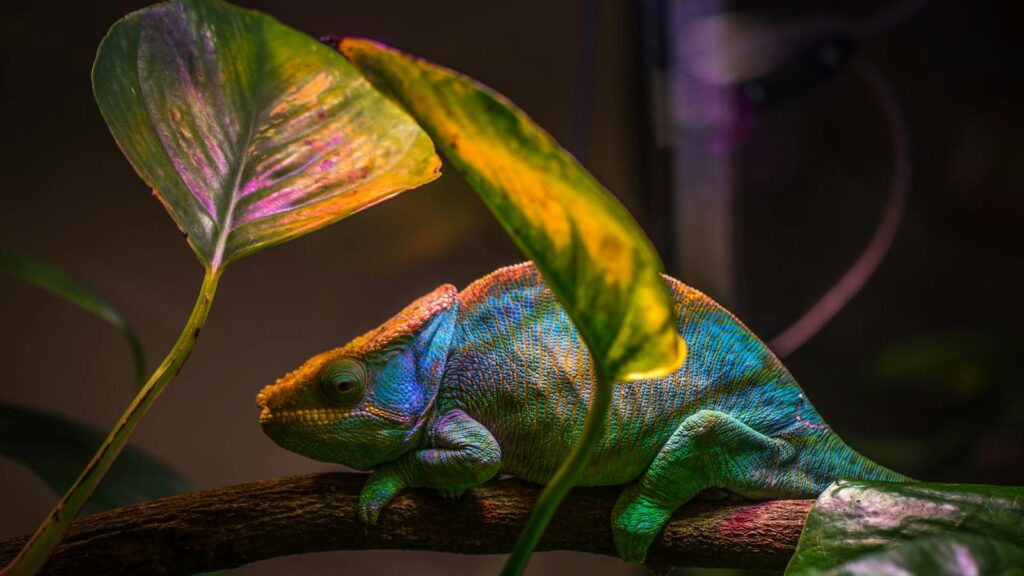
The distinction between legal and illegal wildlife trade often becomes blurred in the pet industry, creating significant enforcement challenges. Many species are initially collected illegally but enter legal markets through sophisticated laundering schemes, such as falsified captive-breeding claims or misidentified species documentation. The Convention on International Trade in Endangered Species (CITES), which regulates wildlife trade across 183 member countries, struggles to monitor the millions of transactions occurring annually with limited resources and enforcement capacity. Legitimate captive breeding operations sometimes serve as fronts for wild-caught specimens, while legal trade in some species can inadvertently provide cover for black market activities involving similar-looking but more protected species. Even when permits are obtained legally, quotas may be based on outdated or inadequate population assessments, potentially allowing unsustainable harvest levels.
Collection Methods and Their Ecological Impact
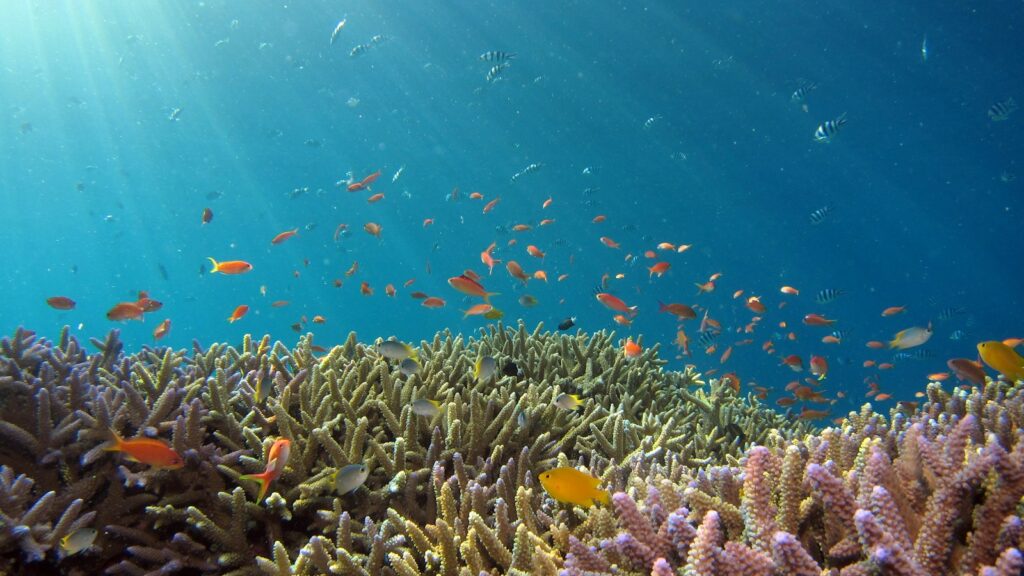
The methods used to capture wild animals for the pet trade often cause extensive collateral damage to habitats and non-target species. Techniques such as the use of cyanide in coral reef fisheries to stun and capture ornamental fish can kill 50 times more fish than are actually collected, while destroying the reef habitat itself. For bird species, trappers may clear-cut nesting areas or fell entire trees to access nests, impacting forest ecosystems far beyond the target species. Reptile and amphibian collection frequently involves destructive habitat manipulation, such as tearing apart rock formations, fallen logs, or forest floor debris—critical microhabitats for numerous other species. These collection techniques don’t just remove individuals from wild populations but systematically degrade the ecosystem functions that support those populations, creating cascading effects throughout the food web and making habitat recovery increasingly difficult.
Case Study: The Asian Turtle Crisis

Asia’s freshwater turtles and tortoises demonstrate one of the most dramatic examples of how the pet trade can devastate wild populations. Over 80% of Asian turtle species are now threatened with extinction, largely due to collection for pets, traditional medicine, and food markets. Species like the three-striped box turtle and the Philippine forest turtle have seen population declines exceeding 90% in just three decades, primarily driven by international demand from collectors. The rarer these species become, the higher their market value rises, creating a perverse economic incentive where impending extinction actually increases collection pressure—a phenomenon known as the “anthropogenic Allee effect.” What makes the Asian turtle crisis particularly concerning is how quickly populations collapsed; many species went from abundant to critically endangered in less than a generation, demonstrating how rapidly the pet trade can impact species with slow reproductive rates.
Parrots: Colorful Victims of the Trade
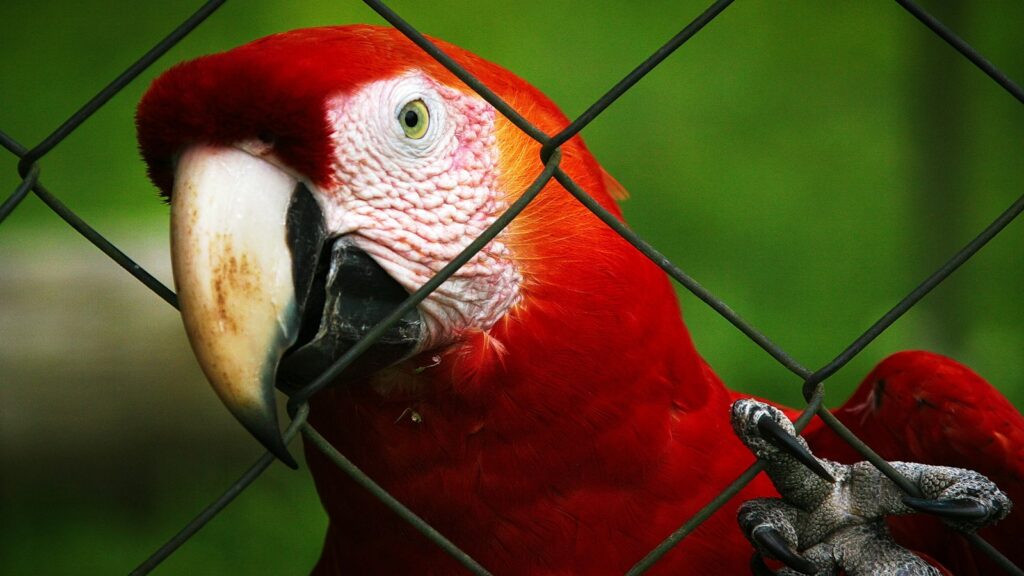
Parrots rank among the most heavily trafficked animals in the pet trade, with devastating consequences for wild populations. Approximately one-third of all parrot species worldwide face extinction threats, with the pet trade serving as a primary driver for many populations. African Grey parrots, prized for their intelligence and speaking abilities, have seen population declines exceeding 90% in some regions, while the Spix’s macaw has been extinct in the wild since 2000, with surviving individuals existing only in captivity. Collection methods for parrots are particularly harmful, as trappers often target nesting sites, removing entire generations of chicks and frequently killing adult birds in the process. The mortality rate during capture and transport is staggering—studies suggest that for every parrot that reaches a pet store alive, up to ten may die during capture, holding, transport, or quarantine, multiplying the impact on wild populations.
The Exotic Reptile Trade Explosion
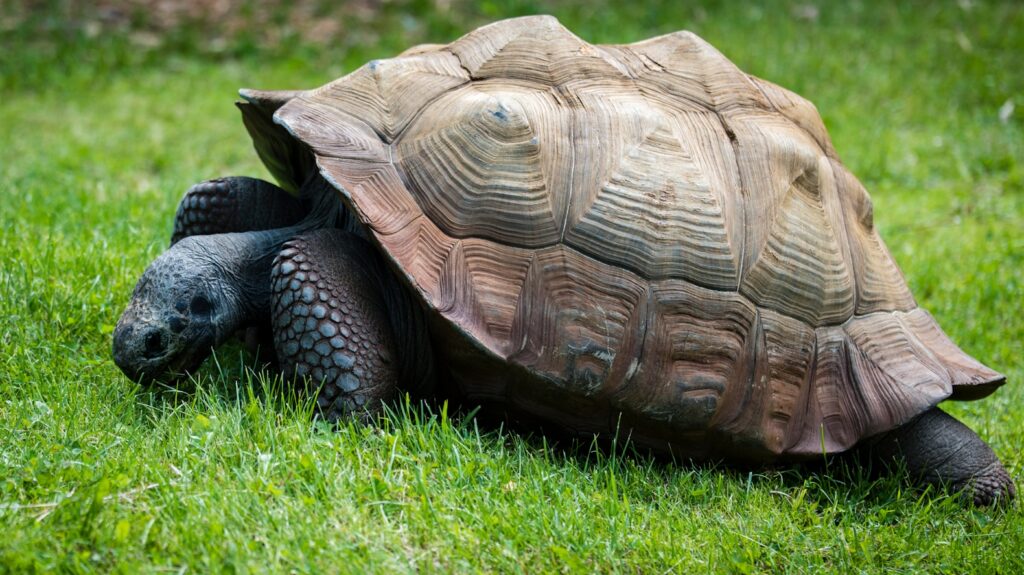
The reptile segment of the pet trade has expanded dramatically over recent decades, with far-reaching implications for many threatened species. The United States alone imports more than 2 million reptiles annually, while the European market continues to grow at approximately 15% per year. Species like the Indian star tortoise, Madagascar radiated tortoise, and numerous gecko species face severe population declines directly attributable to collection for the international pet market. The reptile trade presents unique conservation challenges because these animals often have highly specialized habitat requirements, limited geographic ranges, and slow reproduction rates, making their populations particularly vulnerable to over-collection. Additionally, the rise of reptile breeding conventions and online marketplaces has created new channels for rare species to enter trade with minimal oversight, while simultaneously stimulating demand for novel morphs and rare species among collectors.
Amphibians: Silent Victims of Collection
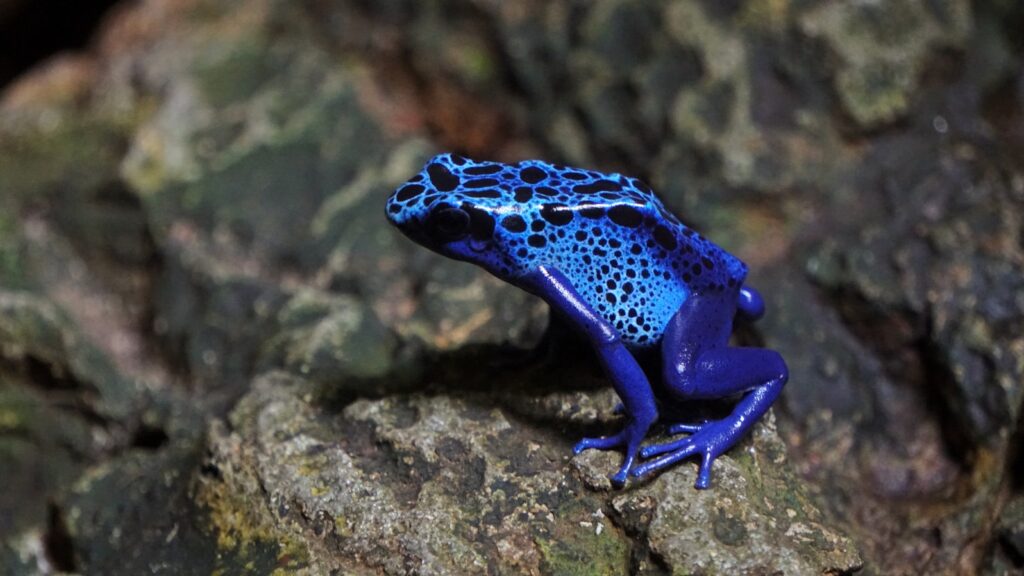
Amphibians face a perfect storm of threats, with pet trade collection exacerbating pressures from habitat loss, climate change, and emerging diseases. Species like the critically endangered Kaiser’s spotted newt from Iran have seen population crashes of over 80% primarily due to pet trade collection, while colorful poison dart frogs continue to be targeted despite their declining numbers. The amphibian pet trade is particularly problematic because it not only removes individuals from already struggling populations but has also contributed to the spread of the deadly chytrid fungus, which has been implicated in the extinction or decline of over 500 amphibian species globally. Many amphibians have extremely limited ranges—sometimes just a single mountainside or watershed—meaning that even modest collection pressure can push them toward extinction. For species like the Chinese giant salamander, the largest amphibian in the world, collection for both pet and food markets has reduced populations by more than 80% in just three decades.
The Aquarium Trade’s Hidden Toll
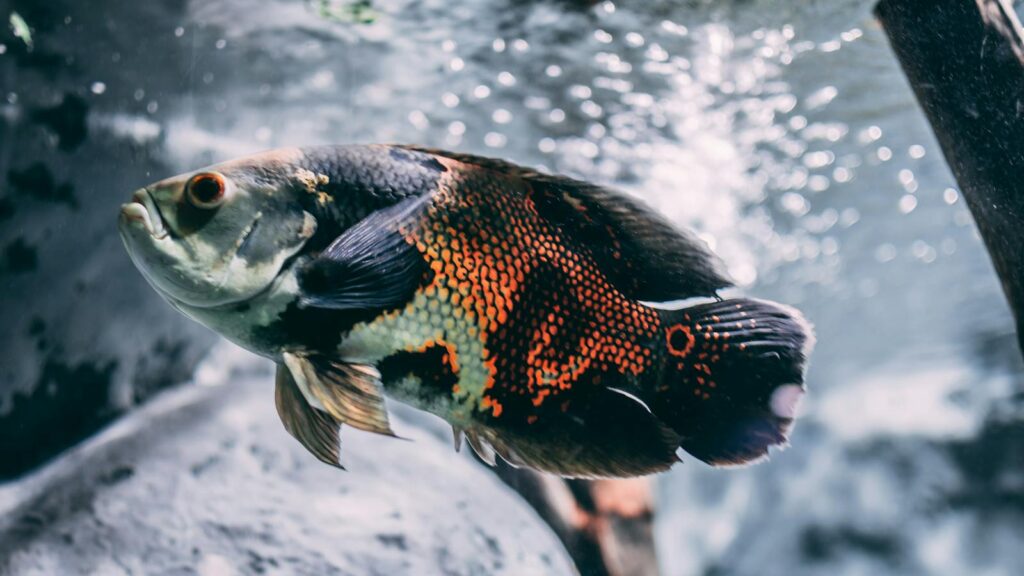
The marine aquarium trade moves an estimated 30 million fish and 1.5 million corals annually, with significant ecological impacts on reef ecosystems worldwide. Collection hotspots in Southeast Asia, particularly Indonesia and the Philippines, have seen localized extinction of target species like the Banggai cardinalfish, which has experienced a 90% population decline since entering the aquarium trade. Beyond the target species, collection methods like cyanide fishing damage coral reef structures and kill non-target organisms, while removing key ecological players can disrupt ecosystem functions like algae control and nutrient cycling. The freshwater aquarium trade presents similar concerns, with species like the endangered Asian arowana and numerous cichlids from the African Rift lakes facing intense collection pressure. What makes the aquarium trade particularly challenging from a conservation perspective is that it targets numerous species for which basic ecological data is lacking, making sustainable harvest levels difficult to determine.
Social Media’s Role in Driving Demand

Social media platforms have transformed the exotic pet industry, creating new pathways for illegal trade and stimulating demand through viral content featuring unusual species. Platforms like Instagram, TikTok, and YouTube have popularized exotic pets through influencers and viral videos, often portraying species like slow lorises, fennec foxes, or rare reptiles in anthropomorphized contexts that obscure their conservation status and specialized care requirements. Research has documented direct correlations between viral videos featuring exotic species and subsequent increases in Google searches for purchasing those animals, demonstrating social media’s powerful role in shaping consumer desire. Online communities dedicated to exotic pet keeping have facilitated direct connections between collectors and suppliers, circumventing traditional regulatory channels and creating peer environments where the rarity of an animal enhances the owner’s status within the community. The algorithmic nature of social media platforms further amplifies this effect by connecting enthusiasts with increasingly specialized content, normalizing the keeping of endangered species and inadvertently supporting black market activities.
Invasive Species: The Secondary Ecological Impact
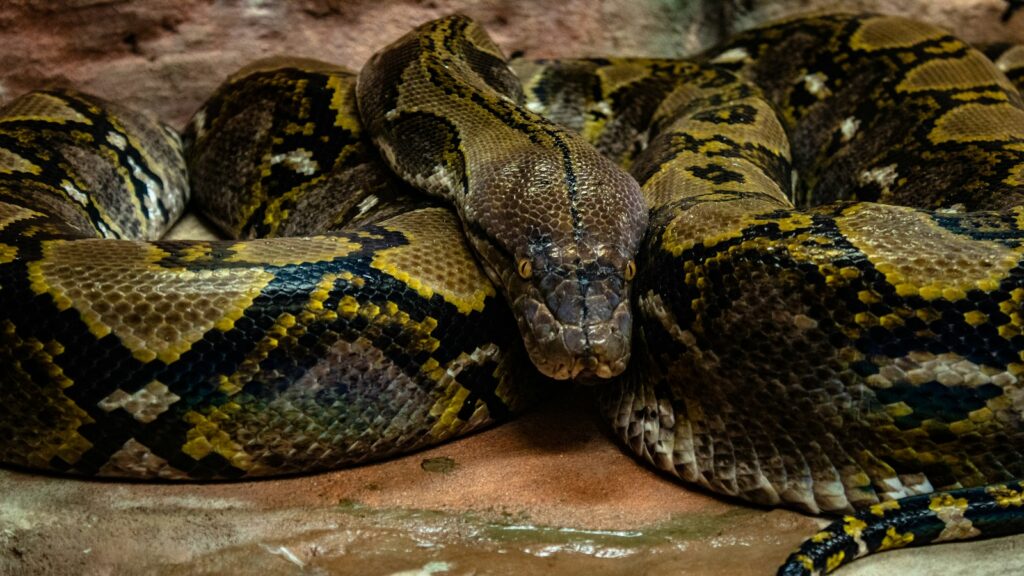
When exotic pets escape or are released into non-native environments, they can establish invasive populations with devastating ecological consequences. The Burmese python situation in Florida’s Everglades represents a stark example, where released or escaped pet pythons have established breeding populations that have decimated native mammal populations by more than 90% in some areas. Released red-eared slider turtles now inhabit waterways on six continents, outcompeting native turtle species and altering aquatic ecosystems. The pet trade has been identified as the vector for approximately 25% of the world’s worst invasive species, creating ecological damage that extends far beyond the initial impact of wild collection. These invasions create long-term management challenges that often prove extremely costly—Florida alone spends over $20 million annually attempting to control python populations, with limited success. Even species that cannot establish breeding populations can introduce diseases to native wildlife, as witnessed with the salamander chytrid fungus spread through the amphibian pet trade.
Conservation Strategies and Sustainable Alternatives
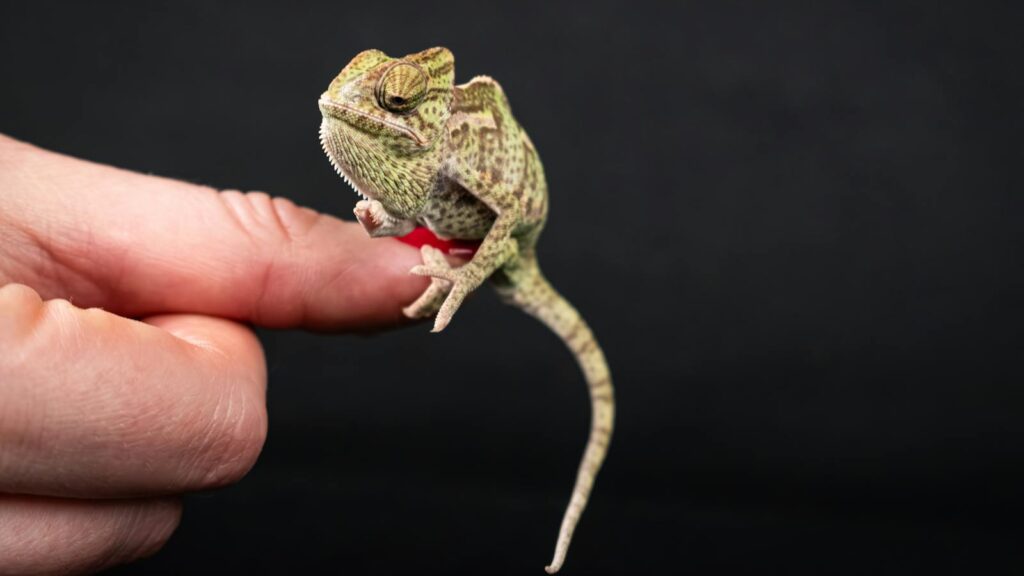
Effective conservation approaches to address pet trade impacts require multi-faceted strategies involving improved regulation, enforcement, consumer education, and sustainable alternatives. Certification systems like the Marine Aquarium Council aim to create market incentives for sustainable collection practices, while organizations like the Wildlife Trade Monitoring Network (TRAFFIC) work to strengthen enforcement of existing trade regulations. Community-based conservation initiatives have shown promise in countries like Indonesia, where former wildlife collectors have transitioned to sustainable captive breeding or ecotourism activities that provide alternative livelihoods while protecting wild populations. Technological innovations such as DNA barcoding now enable more accurate species identification at borders, helping authorities distinguish protected species from legal lookalikes. Conservation breeding programs for species like the Golden mantella frog demonstrate how properly managed captive breeding can satisfy market demand while supporting conservation efforts, though such programs require careful genetic management and regulatory oversight to prevent the laundering of wild-caught specimens.
The Role of Consumer Awareness
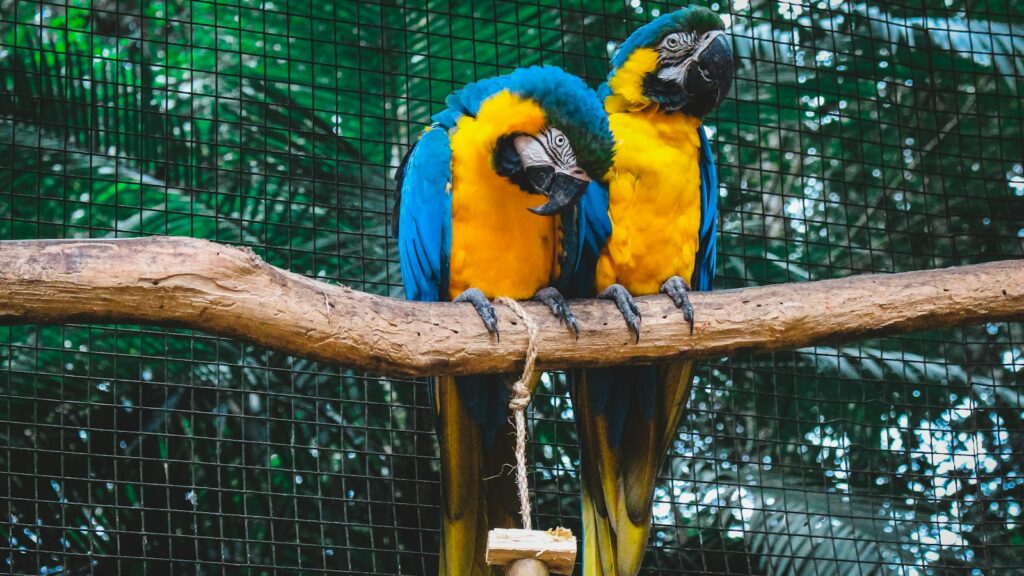
Ultimately, addressing the conservation impacts of the pet trade requires fundamental shifts in consumer behavior and awareness of the ecological consequences of exotic pet ownership. Many consumers remain unaware that their purchases may directly contribute to species declines, or that seemingly captive-bred animals may actually be wild-caught specimens laundered through breeding facilities. Educational campaigns by organizations like the World Wildlife Fund and TRAFFIC aim to help potential pet owners understand the origins of exotic animals and make more informed choices. Digital tools, such as smartphone apps that allow consumers to verify the legality and sustainability of potential pet purchases, are emerging as promising approaches to empower responsible decision-making. The growing interest in conservation among younger generations presents opportunities to reshape market demands toward species that can be sustainably bred in captivity, potentially reducing pressure on wild populations while still satisfying the human desire for animal companionship.
Future Outlook and Ethical Considerations
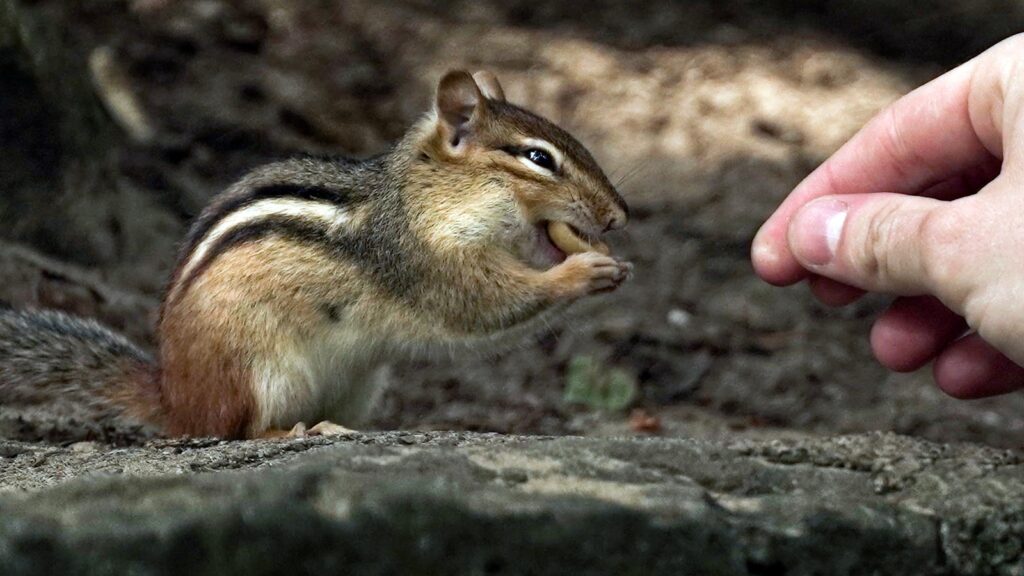
Looking ahead, the relationship between the pet trade and endangered species conservation faces both challenges and opportunities for positive change. The fundamental ethical question remains whether keeping threatened species as pets can ever be justified when their wild populations face extinction—a question that invites us to consider the moral implications of transforming wildlife into commodities. Technological approaches, like genomic tools for tracking trade, blockchain for verifying supply chains, and environmental DNA for monitoring wild populations, offer promising new avenues for addressing trade impacts. Climate change introduces additional uncertainties, as shifting habitats may further stress populations already impacted by collection, while potentially creating new black market demand for species perceived as likely to become extinct. Ultimately, finding a sustainable balance requires acknowledging both the legitimate human desire for connection with animals and the ecological reality that some species simply cannot withstand commercial exploitation, necessitating a more thoughtful approach to which animals we bring into our homes and how they reach us.
The pet trade’s impact on endangered species represents a complex conservation challenge that touches on issues of biodiversity preservation, economic development, enforcement capacity, and personal ethics. While pets bring joy and companionship to millions of people worldwide, the unsustainable collection of wild animals carries ecological costs that may not be immediately apparent to consumers. By strengthening regulations, supporting sustainable alternatives, increasing transparency in supply chains, and educating consumers, we can work toward a future where the pet industry contributes positively to conservation rather than undermining it. The choices we make as pet owners and wildlife consumers collectively shape the fate of countless species, giving us both responsibility for past damages and the power to create more sustainable paths forward.



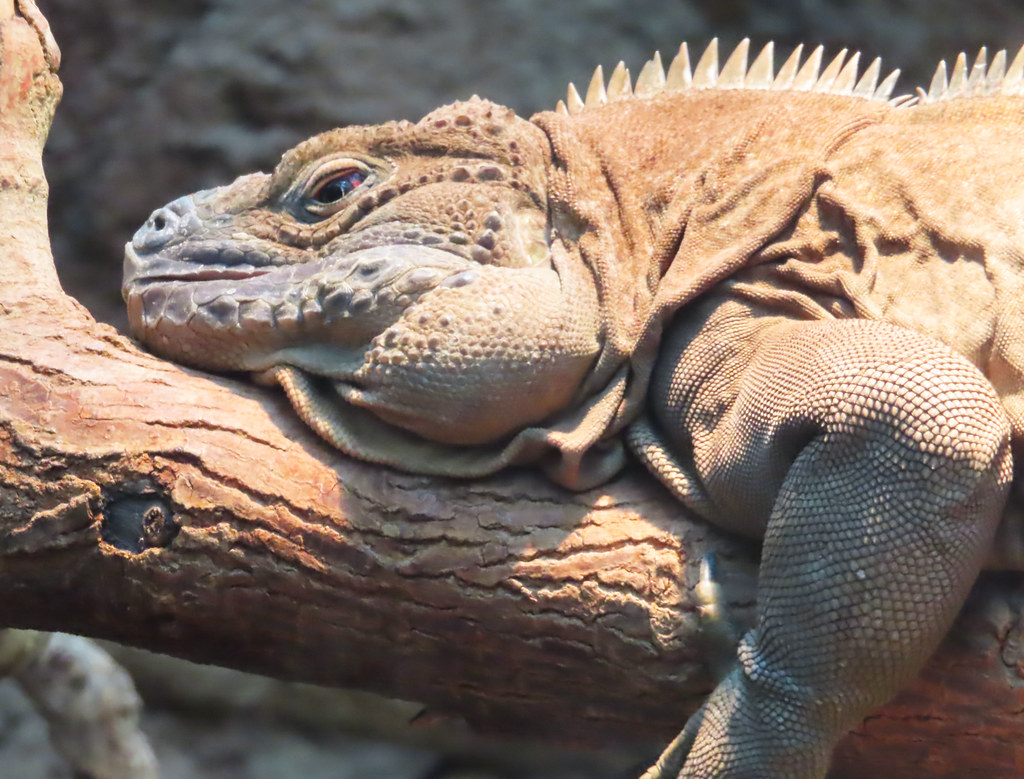






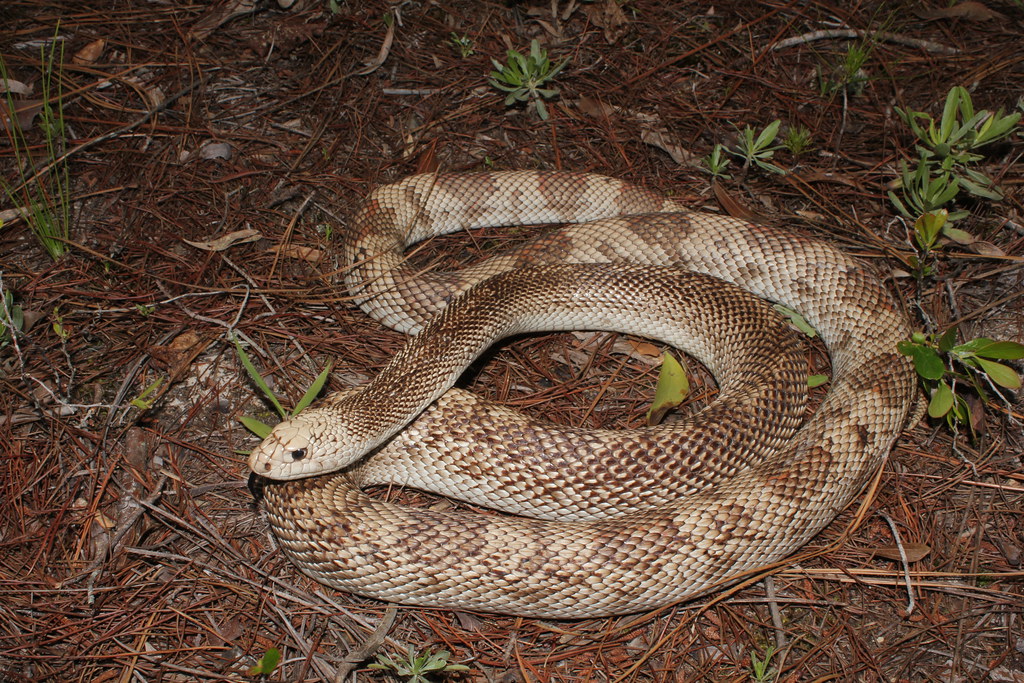





Leave a Reply